Slow living misconceptions are everywhere. As the concept of slow living gains popularity — from Instagram captions to cozy Pinterest boards — it’s also being misunderstood. So what is slow living really about? And what are the most common myths holding people back?
Let’s explore and debunk four of the biggest slow living misconceptions — and discover what this lifestyle truly offers.
Misconception 1: Slow Living Means Having the “Perfect Aesthetic”
Think soft beige linens, handmade ceramics, Scandinavian furniture, and a rustic cabin in the woods. Sounds dreamy — but slow living isn’t about buying into a look.
Reality: It’s About Function, Not Fashion
Slow living isn’t curated. It’s lived.
You don’t need to redecorate your home or buy artisanal decor. You can live slowly in a busy city, a studio apartment, or your childhood bedroom. What matters is your intention, not your interior design.
This is one of the most visual slow living misconceptions — and also one of the most misleading.
Misconception 2: Slow Living Is Only for People Who Can Afford It
Many believe slow living is a luxury — reserved for those with financial freedom, flexible work, or lots of free time.
Reality: It’s Accessible in Small, Realistic Ways
Slow living misconceptions often ignore real-life limitations.
It’s not about how much time or money you have, but how you choose to spend the time you already do. Even five minutes of presence can shift your mindset.
Here are a few examples of accessible slow living practices:
- A deep breath before starting your workday instead of diving into emails immediately.
- Cooking a simple meal at home with music playing — even if it’s just pasta.
- Walking instead of rushing. Could be just for part of your commute.
- Pausing for a mindful moment in the middle of a busy day with a cup of tea or coffee.
These acts don’t require money — just awareness.
…In Different Ways
But let’s be honest:
Time itself can feel like a luxury.
When your day is packed with a long commute, work hours, childcare, and domestic responsibilities, slowing down isn’t just a mindset shift, it’s a real challenge.
Pausing midday for a reflective cup of coffee might sound ideal, but if you have toddlers pulling at your sleeve, that moment may feel completely out of reach. And that’s okay.
If this is your reality, slow living doesn’t have to be another unrealistic standard. It can be something you plan for intentionally, even in small ways.
- Maybe it’s waking up 10 minutes earlier (not for productivity, but for silence).
- Maybe it’s a mindful moment while folding laundry.
- Maybe it’s rethinking routines to include pockets of peace — not perfection.
Slow living looks different when your plate is full, but it’s still possible.
It’s not about doing less, but doing what you can with presence, care, and compassion for yourself
Slow living isn’t about having more time — it’s about using the time you already have more intentionally.
It’s also worth remembering: sometimes slowing down is harder when life is demanding, which makes it even more powerful when we manage to do it.
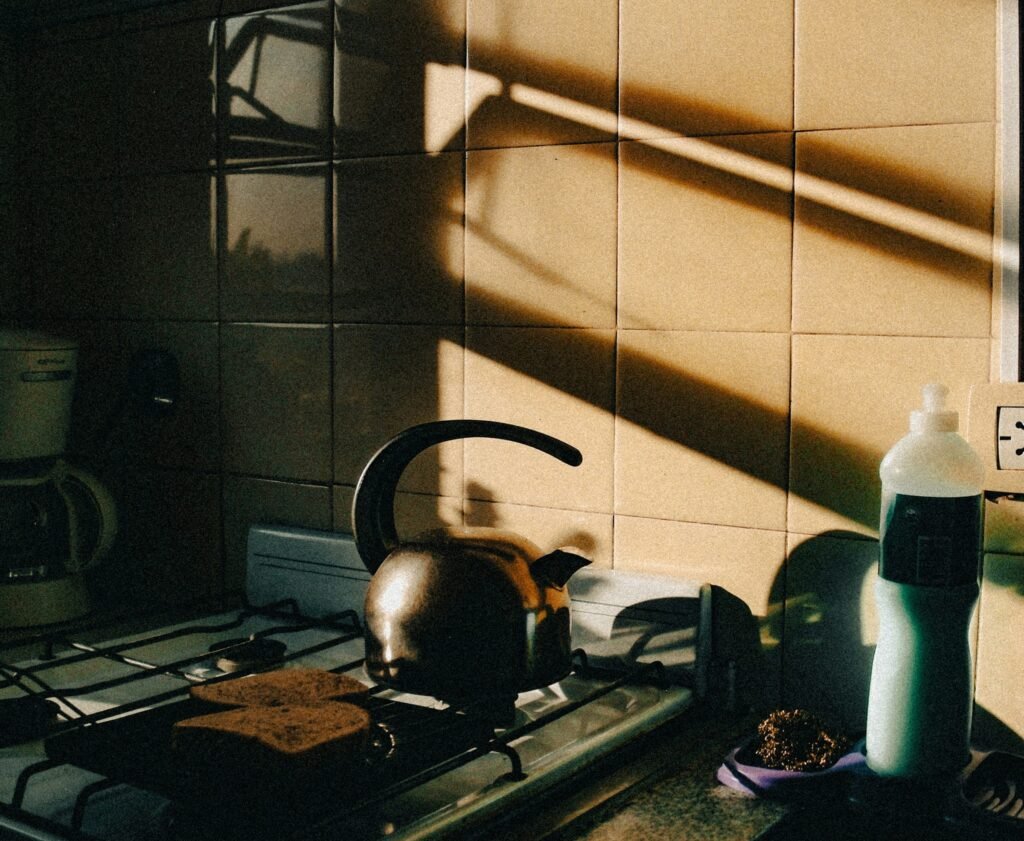
Misconception 3: Slow Living Is About Escaping Real Life
Another one of the most misunderstood slow living misconceptions is that it’s a form of escapism — a way to avoid real-world responsibilities.
Reality: It’s About Facing Life More Fully
Let’s face it: escapism is everywhere — and totally understandable.
In a world filled with burnout, digital overwhelm, and rising stress, many are drawn to romanticized lifestyles as a survival strategy. Whether it’s the dream of moving to the countryside or van life, these images feel like safe havens.
But slow living is not about running away — it’s about staying grounded.
It’s choosing to meet your challenges, feelings, and responsibilities with more awareness and less rush.
Slow living doesn’t help you avoid life.
It helps you engage with it more deeply.
That can be harder — but also more meaningful.
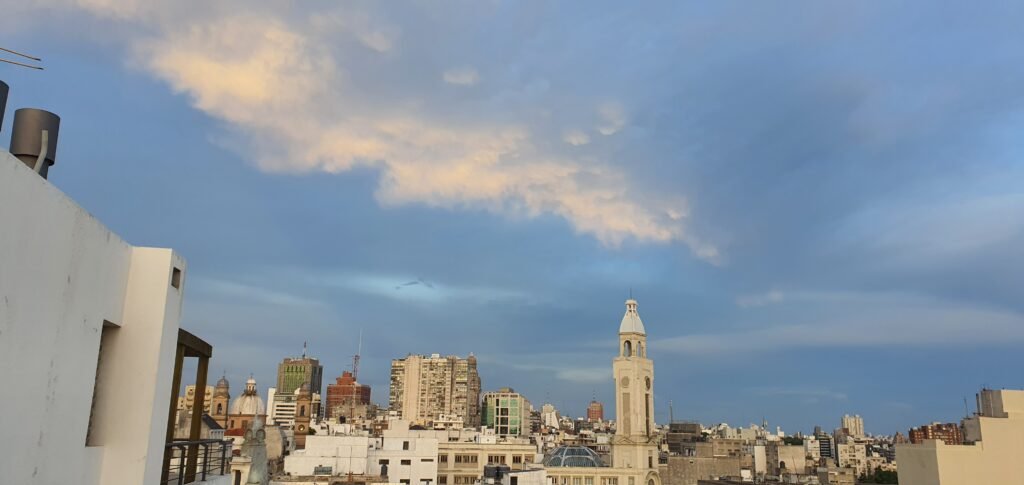
Misconception 4: There’s a Right Way to Practice Slow Living
You’ve seen the routines: 5am wakeups, forest bathing, digital detoxes… it can feel like there’s a rulebook.
Reality: Your Slow Living Path Is Personal
There’s no universal checklist.
What brings slowness and meaning to your life may not resonate with someone else. Your version of slow living might be:
- Cooking from scratch
- Saying “no” to overcommitment
- Walking to work
- Doing less, but with more intention
The key is alignment — not aesthetics, rules, or comparison.
Final Thought: Let Go of the Slow Living Misconceptions
Slow living isn’t a luxury. It isn’t perfection.
And it’s definitely not just an aesthetic trend.
It’s a mindset — one that helps you reclaim your attention, presence, and peace, no matter what your life looks like today.
So if you’ve ever felt like you’re “not slow enough,” let this be your reminder:
You’re allowed to define slow living on your own terms.
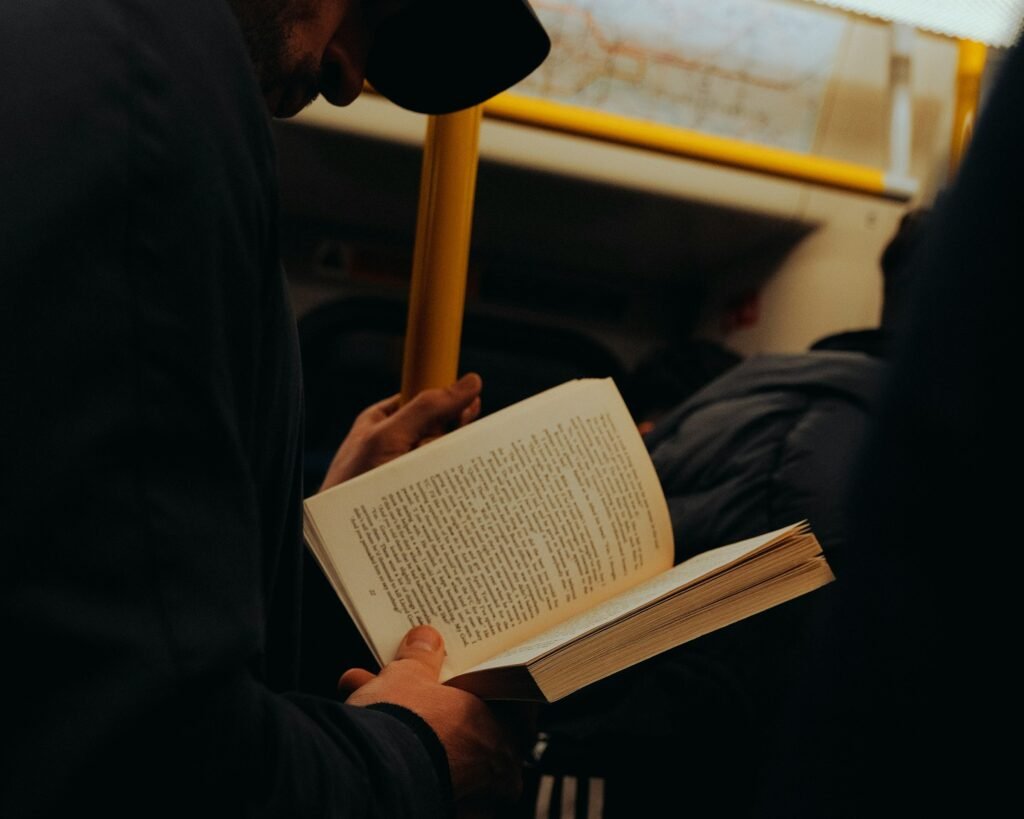
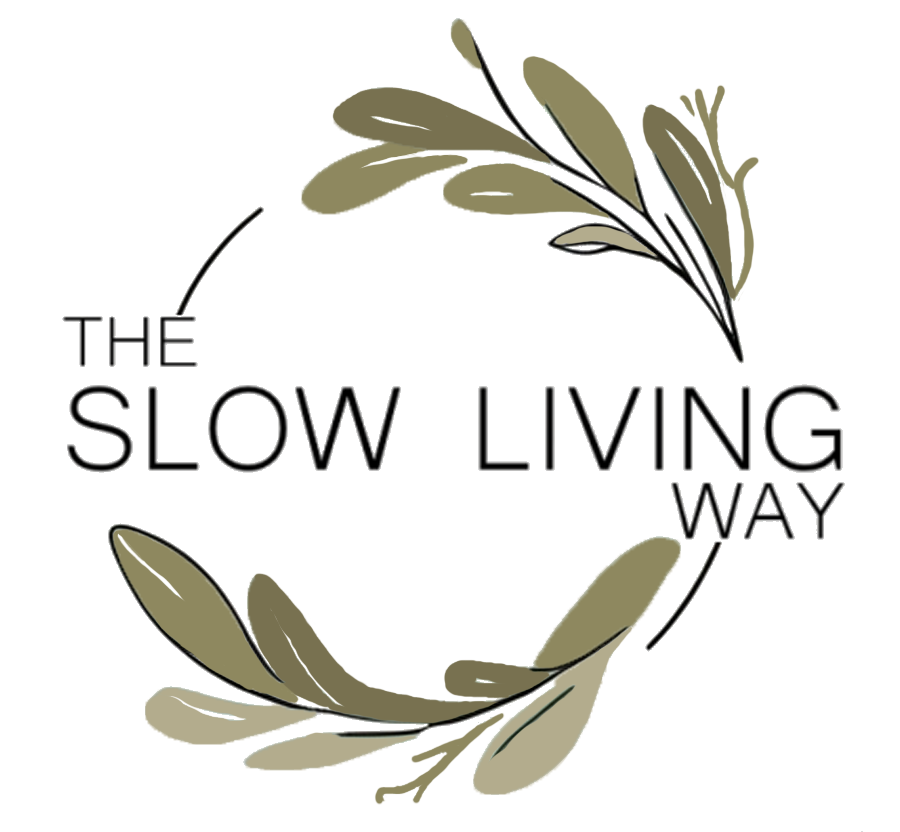
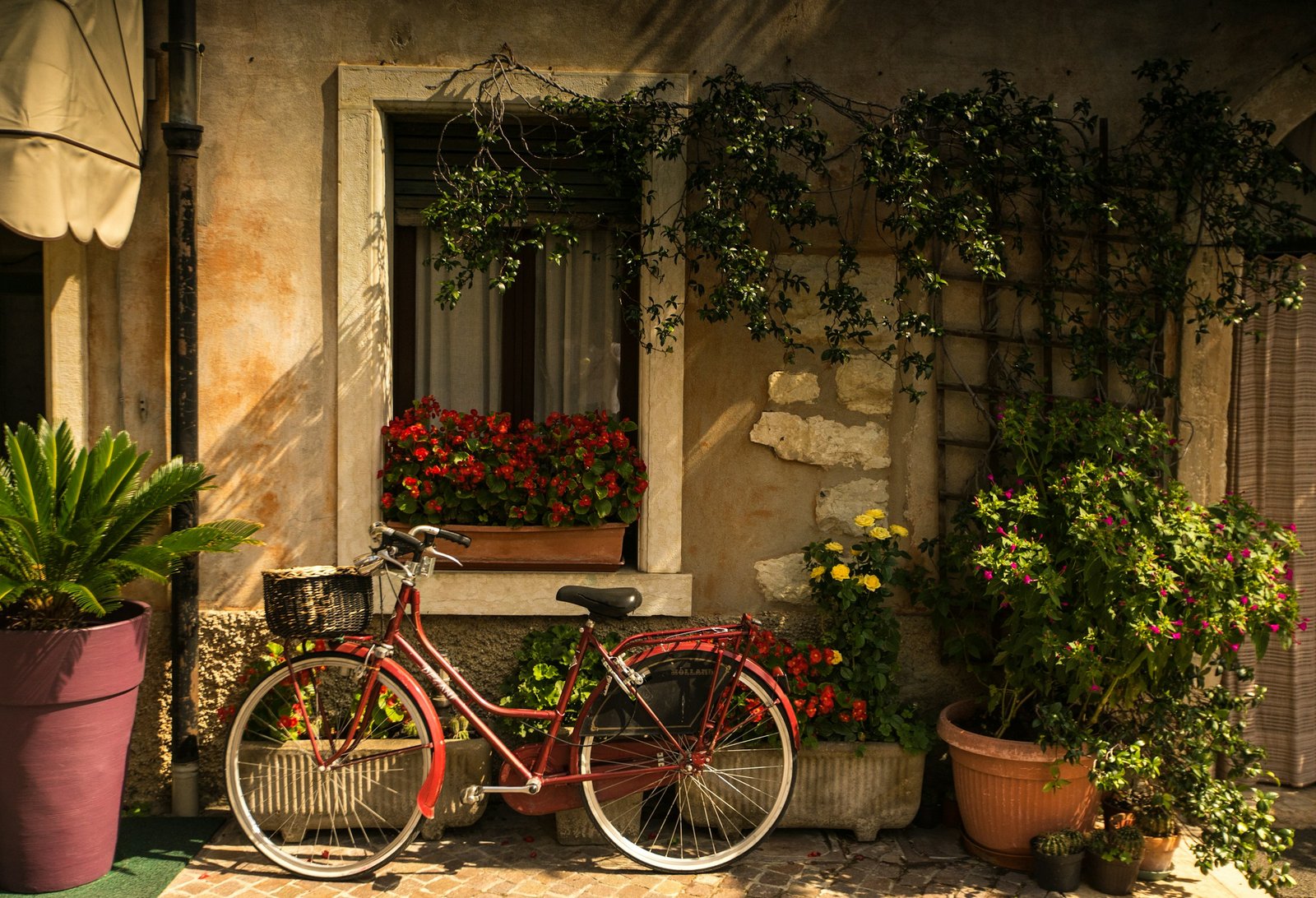
No responses yet